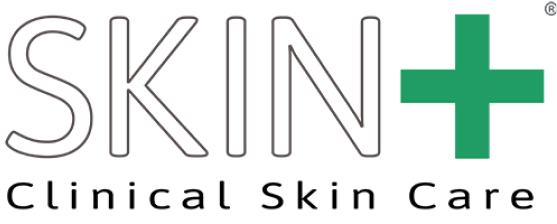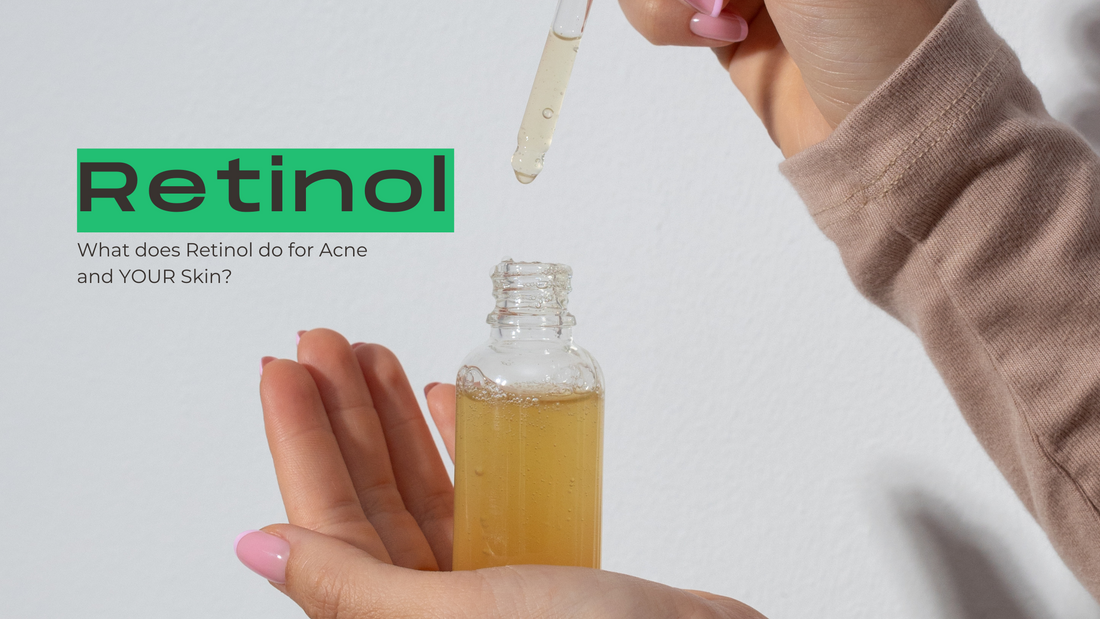Retinol is hands-down one of the most powerful ingredients in modern skincare. It’s a gold-standard, go-to, and must-have for anyone serious about improving their skin's appearance. Whether you’re trying to clear acne, even out your skin tone, or soften the appearance of wrinkles, adding a retinol product to your skincare routine can be a game changer.
Let’s break it down. What does retinol actually do? At its core, retinol increases skin cell turnover. In other words, it helps your skin shed dead cells faster so new skin cells can come to the surface. That means smoother texture, brighter tone, and less buildup of those dull, dead skin cells that clog your pores. And here’s the bonus: this boost in turnover also fades post-acne marks, age spots, and the appearance of acne scars over time. So yes, it does a lot — and that’s just scratching the surface of what this powerhouse can do.
What Exactly Is Retinol?
Retinol is a derivative of Vitamin A, a vital nutrient for healthy skin. Under the larger umbrella term of topical retinoids, retinol is considered a non-prescription or over-the-counter (OTC) version. It’s not as intense as prescription-strength products like topical tretinoin or other prescription retinoids, but still incredibly effective — especially with months of regular use. Retinol is metabolized into retinoic acid in the skin, which is where the magic really happens. It binds to retinoic acid receptors in skin cells and helps regulate a variety of functions at the cellular level, including how skin renews itself.
Other topical retinoids include adapalene (like in Differin), tretinoin (Retin-A), and tazarotene, many of which are used in prescription-strength products. The main difference between them comes down to potency, how quickly they work, and how well they’re tolerated depending on your skin type.
Retinol and Acne: A Love Story
If you’re struggling with mild acne, moderate acne, or even severe acne, chances are retinol is on your radar — and for good reason. Retinol doesn’t just exfoliate the surface of the skin; it works inside the hair follicles, which is where acne lesions begin. It targets a key root cause of breakouts: the hyper-shedding of skin cells inside the pore. Normally, your skin sheds cells in a healthy, balanced way. But in acne-prone skin, a common skin condition, these dead cells clump together and clog pores. Retinol helps normalize that process, preventing clogs before they turn into whiteheads, non inflamed acne, blackheads, or cystic acne.
Applying thin layer of retinol also helps reduce oil production, which is another contributor to acne breakouts. Less oil means fewer chances for clogged pores to turn into inflamed acne lesions. Plus, its anti-inflammatory properties help calm existing breakouts, making it a key player in effective acne treatments. Many estheticians and dermatologists recommend combining retinol with other topical treatments like benzoyl peroxide, mandelic acid, glycolic acid or salicylic acid. Alternate nights or use in different parts of your routine to avoid irritation, especially if you have sensitive skin or skin irritation.
Retinol for Anti-Aging: More Than Just Acne
Even if you’re past your acne years, retinol has serious benefits. It plays an important role in collagen production — that’s the protein that keeps your skin firm, plump, and youthful. As we age, our natural collagen levels drop. Retinol helps by stimulating the production of collagen and elastin, improving the appearance of fine lines, wrinkles, and even sun damage. This deep-layer work is why retinol creams a form of vitamin A and serums are often touted for their long-term anti-aging benefits.
Over time (we’re talking weeks of use to months of regular use), you’ll see the skin's appearance improve in multiple ways — smoother texture, brighter tone, reduced age spots, and a reduction in the appearance of fine lines. It’s one of the few skincare ingredients backed by decades of research for both the treatment of acne and visible signs of aging.
How to Use Retinol for Best Results
If it’s your first time using retinol or any type of retinoid product, it’s a good idea to start slow. Go with a lower concentration and apply it just 2–3 nights a week to begin with. Use a pea-sized amount for your entire face — and make sure your skin is dry before applying. (Applying to damp skin increases absorption, which can lead to irritation.) Always follow up with a solid moisturizer, ideally one with calming, barrier-supporting ingredients like hyaluronic acid or ceramides.
Common side effects of early retinol use include dryness, redness, flaking, and mild irritation — especially if you have sensitive skin. But here’s the thing: this reaction is totally normal in the beginning. Retinol’s job is to speed up skin cell turnover, which means it’s literally helping to peel away old, dead skin cells and purge the acne impactions hiding underneath. This adjustment period is part of the process — not a sign that it’s not working. Stick with it, and your skin will start to rebalance.
Now, if your skin feels like it’s on fire or you’re dealing with serious irritation, that’s a different story. Some skin types are more reactive to retinoids, and that’s okay. You can try “buffering” — mixing your retinol with a moisturizer before applying — to dilute the product and help your skin build tolerance more gently during those first few weeks.
And finally: sunscreen is a must. Retinol makes your skin more vulnerable to sun exposure, and UV damage can not only undo all the benefits, but also worsen side effects like redness and dryness. A broad-spectrum SPF should be part of your daytime skincare routine — no exceptions.
Over the Counter vs. Prescription: What’s Right for You?
So how do you choose between OTC retinols and prescription products? It really depends on your skin condition, sensitivity level, and goals. OTC retinols and counter retinoids Like our Daily A are generally milder and great for first-time users or those with dry skin or sensitive skin. Prescription-strength retinoids are more potent and people tend to not use them consistantly because of a higher risk of side effects.
If you struggle with acne it is best to work with an esthetician or board-certified dermatologist or healthcare provider can help you decide which type of retinoid is best for your needs. They can also walk you through potential interactions with other skincare products or topical medications you’re using.
What to Expect: The First Few Weeks
Don’t panic if you notice more breakouts during the first few weeks of use — this “retinol purge” happens as clogged pores come to the surface. Stick with it! After consistent use (usually by week 6 to 12), you’ll start to see real improvements in your skin tone, texture, and overall clarity. For the best results, consistency is key.
Final Thoughts: Is Retinol Worth It?
Absolutely — if used correctly. Retinol is a powerful ingredient that offers a wide range of benefits for different skin concerns, from acne to aging to uneven texture and tone. It helps increase skin cell turnover, smooth the skin’s surface, clear acne, reduce post-acne marks, and stimulate the production of collagen — all of which contribute to healthier-looking skin.
Like with any potent active, your experience with retinol will depend on how you use it. Listen to your skin, start slow, and don’t be afraid to ask a healthcare provider for guidance if you’re unsure. Whether it’s in the form of a retinol serum, retinoid creams, or prescription-strength products, the benefits of retinol are real, measurable, and worth the effort.
So next time someone asks, "What does retinol actually do?" — you’ll know it’s not just another trendy skincare ingredient. It’s a treatment backed by science with the potential to dramatically improve your skin’s health, clarity, and youthful glow.


